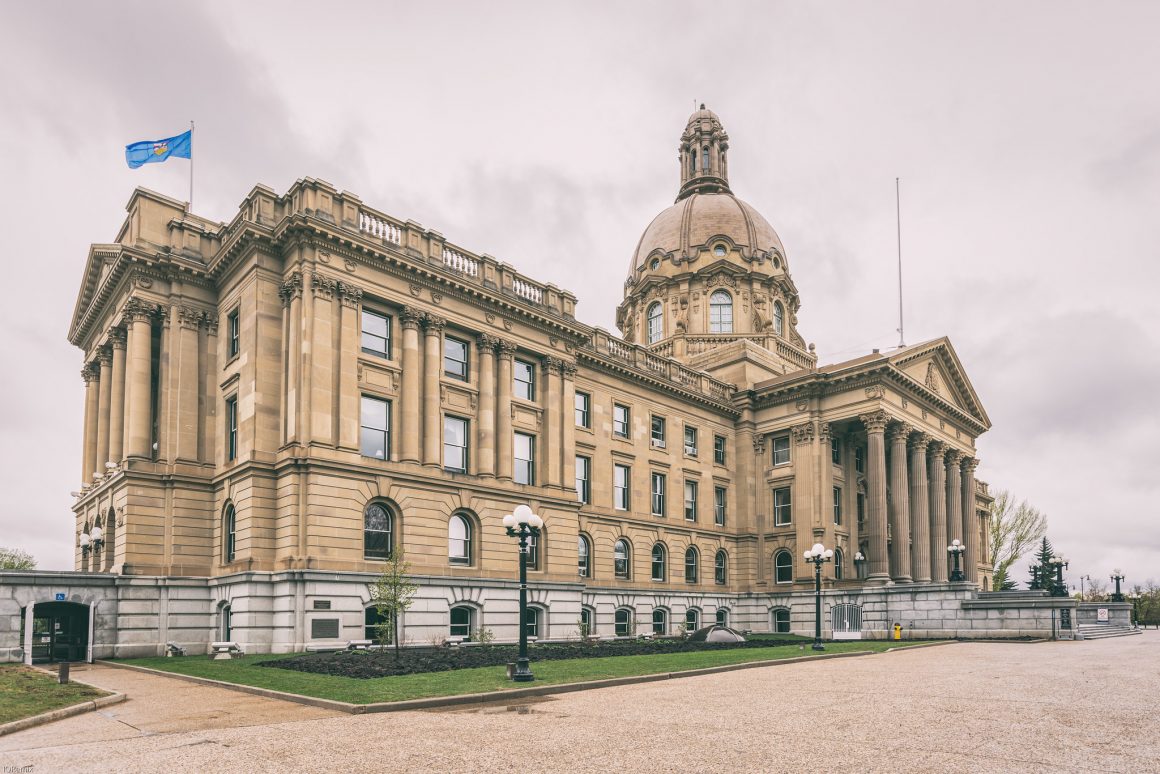
New UCP budget reflects changes to post-secondary funding
By Kristy Koehler, October 24 2019—
The United Conservative Party released its first budget this afternoon. The 2019–20 budget contains three key priorities — getting Albertans back to work, making life better for Albertans and standing up for Alberta.
As many predicted by reading the MacKinnon Report, there are significant changes to post-secondary education. Most of these changes reflect those key priorities, in particular the first priority, by transitioning education funding toward training skilled workers and making education responsible to the labour market.
The tuition freeze put in place by the former New Democratic Party government will be lifted. Fees will, however, be restrained by a cap — tuition will be permitted to increase by up to seven per cent per year for the next three years.
On Jan. 1, 2020, all education and tuition tax credits will be eliminated and on April 1, 2020 the interest rate for student loans will increase from prime to prime plus one per cent, increasing government revenue from debt servicing. The Summer Temporary Employment Program (STEP) will be cut, representing a savings of $32 million over the next four years. The Ministry of Advanced Education’s operating expenses will be reduced by 12 per cent over four years, largely through reducing the Campus Alberta Grants to institutions.
There will be no change to the amount of money available through student loans or scholarships. An allocation of $1 million will provide members of the Royal Canadian Forces from Alberta who have served in designated military operations with scholarships of $5,000.
A focus on expanding the trades and connecting students with jobs, in line with the key priorities, is reflected in the budget. The Women Building Futures program will receive an allocation of $10 million over the next four years to expand the participation of women in trade programs. As well, $1 million will be allocated to trade scholarships available to 1,000 high school students.
The number of schools working with CAREERS The Next Generation will be doubled from 500 to 1,000, representing quadruple the number of students involved with the program. Two million dollars over four years will be allocated to helping young Albertans participate in Skills Canada Alberta.
The construction and development of post-secondary infrastructure projects — such as upgrades to the Keyano College campus and the University of Alberta Dentistry Pharmacy Functional Building Renewal — is being supported by $463 million in funding. Specific to the University of Calgary, funding for the MacKimmie Complex project remains unchanged, with the UCP maintaining the previous government’s commitment to providing $187 million toward the project.
A new funding formula will be rolling out in time for the next school year. For now, there are several performance metrics which hint at what that formula might look like. These metrics include tracking whether or not graduates are successful in the labour market by tracking the percentage of employers who report the recent graduates they supervise are prepared for employment, percentage of graduates who report being employed approximately two years after graduation and percentage of apprentices who report being employed between 5 and 18 months after graduation.
Other performance metrics which will be tracked include the total number of unique domestic and international students enrolled in approved programs, the percentage of recent graduates who report that the program they took was worth the financial cost and looking at what proportion of total revenue of Alberta’s publicly-funded post-secondary institutions is made up of government grants.
The budget addresses some of the recommendations in the MacKinnon Report, specifically the need to bring spending per student by Alberta’s post-secondary institutions in line with those of other provinces. Even after four years under the UCP’s implementation of fiscal restraint, Alberta will still be spending more per full-time student than the rest of the provinces.
The budget also attempts to challenge post-secondary institutions to engage with industry and graduate the skilled workers that businesses need. It focuses on, according to the language used in the plan, investing in skills and training and the development of Alberta’s skilled workforce.
